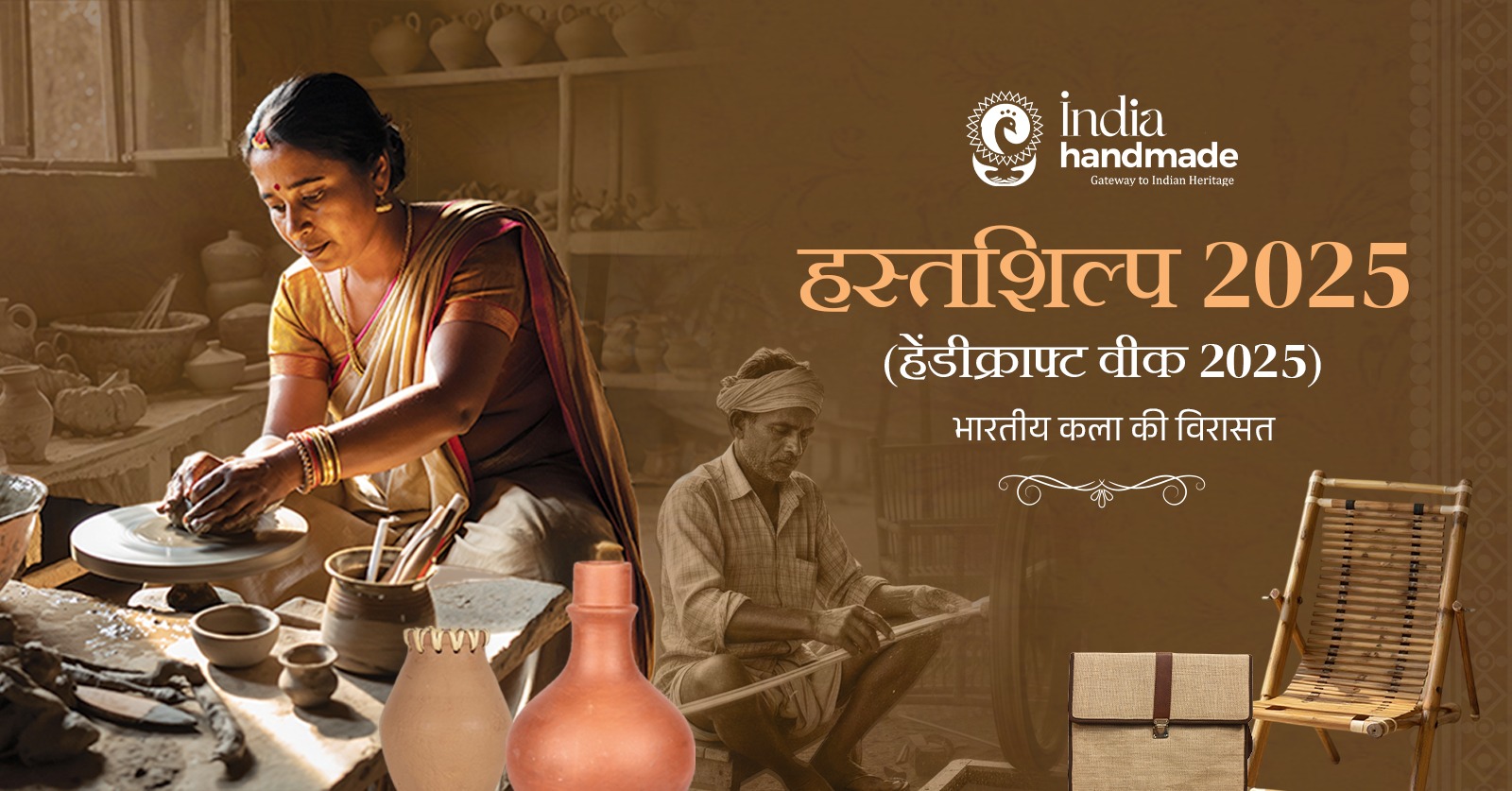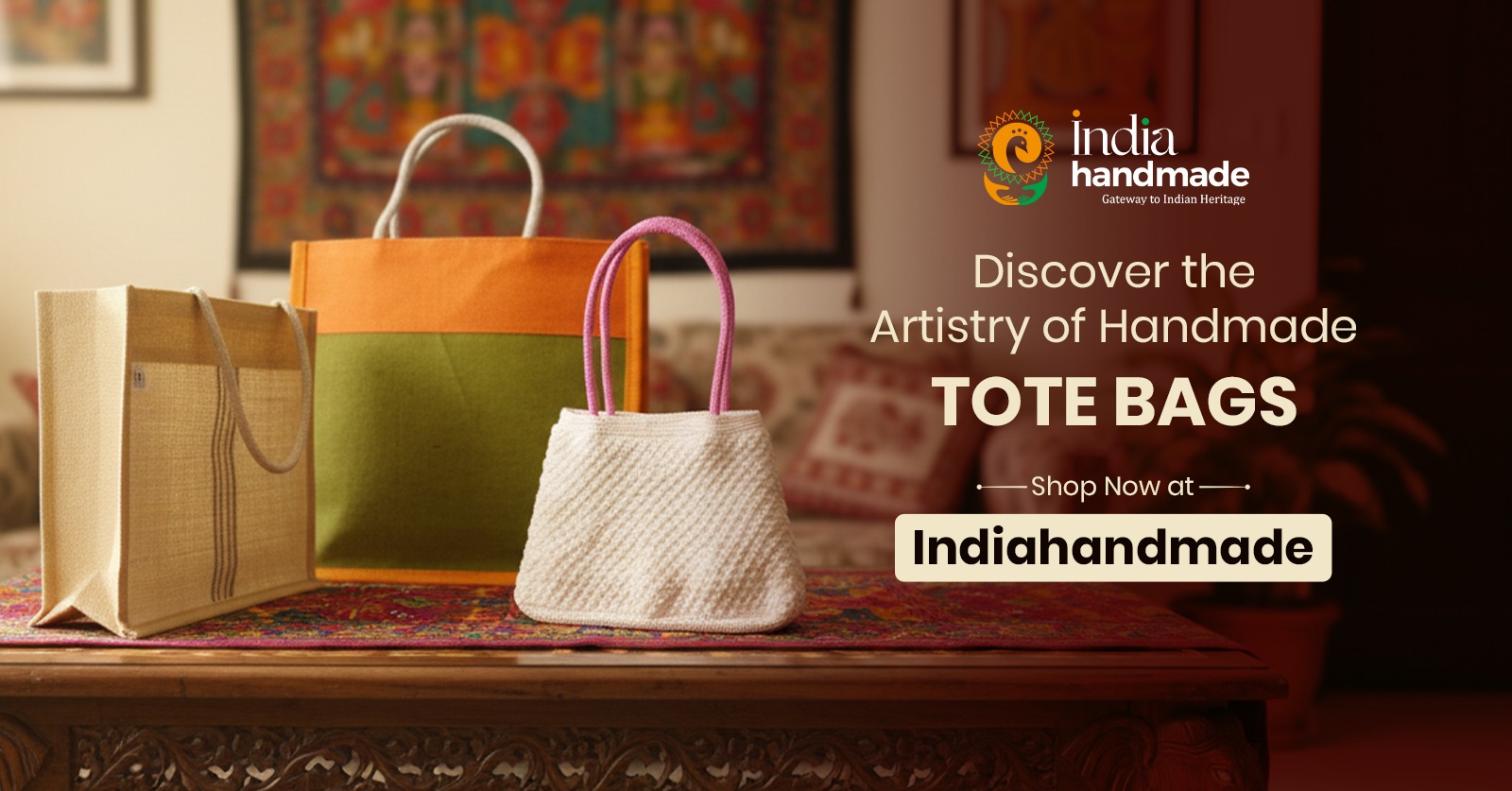
If you would like to have a rug to create a warmer feel on a hard floor, provide a specific area for seating or enhance a room setting, then getting a rug that complements the area is vital. There are various options, starting with sizes and shapes, materials, patterns, etc., so it gets rather confusing. Read the guidelines below to find out what defines the best handmade rug for your living room.
Determine The Need of Handmade Rug’s
The first thing to consider is the purpose of the rug in your living room. Influenced by the place the rug will occupy, the size is determined by the role the rug will play. In cases where it is going to be placed as support for seating, it needs to be large enough to accommodate all legs of furniture to rest on. For a wide and grand effect in an open-concept living room, having a rug just around the wall would be perfect.
Choose the Right Size
The size of the handmade rug is the key to making this work right and feeling good about the living room. This means that you need to identify the dimensions of the area in which the rug will be placed and then, based on the average size standards, select the most suitable rug size. For instance, when it comes to the placement of a rug, ensure that at least 18–24 inches of the floor are visible in all directions of a correctly proportioned rug. Also, consider these general living room rug size tips:
- 8 x 10 ft.: This is suitable for the average size of the living room when one wants to cover a rather expansive area.
- 9 x 12 ft.: This size is perfect as an additional layer on top of the sitting area arrangement in the living room.
- 5 x 8 ft.: The size is ideal for placing at the centre of the room or in front of the sofa.
- 6 x 8 ft.: This size of round or octagon rug would be ideal for placing at the centre of the coffee table.
Choose the Right Material & Manufacturing
Wool is king as far as handmade rugs are concerned due to the richness of the hue and depth, as well as durability. For textural interest, natural fibres such as viscose and rayon derived from bamboo and silk rugs are stunning. Jute, seagrass and sisal flatweaves bring a casual, relaxed kind of elegance to the room. In manufacturing, the best handmade rugs are those that contain more than 200 knots per square inch of the material, which makes the patterns sharp. Hand-tufted variants are quite close to the aesthetics of handwoven rugs and are also more cost-effective.
Select the Proper Texture & Density
Interestingly, the thickness of the rug pile and the surface of the handwoven rug seem to have an influence on comfort when stepped on. Low values are still firm and close to the base, and higher values are softer and denser. High-traffic living rooms require soft furnishings, and good choices here include medium pile carpets that are about half an inch thick or wool flatweaves. Decide on how high of a pile is beneficial for you. The other texture decision is between cut and loop. Piles with separately knotted tufts have kind and sleek surfaces. Unfinished yarn loops create a relaxed, robust and graphic look.
Choose a Compelling Pattern
With so many options for adding patterns to the exterior of the home, you have the most freedom to express your personality here. Focus on patterns with colours that are similar to the present ones but offer contrast and intensity. The size of the pattern also matters, as it is scaled so as not to make it look too cluttered. Introducing tribal accents on a smaller scale, as well as paisley and floral motifs, allows for glimpses of the underlying floors to be seen. Bigger patterns and borders give the most contrasting and dramatic effect. Rooms with neutral colours that include a rhythm in the design are also easy to embellish.
To Conclude
If your living room is the first room someone enters in your home, you should take your time carefully choosing the handmade rug that best fits your needs. Make sure that its size will fit into the room and that other primary furniture pieces will be placed on it. Choose material and texture depending on your activity levels and maintenance schedules. And let’s not forget that unlike a machine-made synthetic rug, which loses its colour, patterns and value over time, a genuine handmade rug only becomes more splendid, intricate and valuable as the years roll by and can be passed down to future generations as perfect heirlooms.





